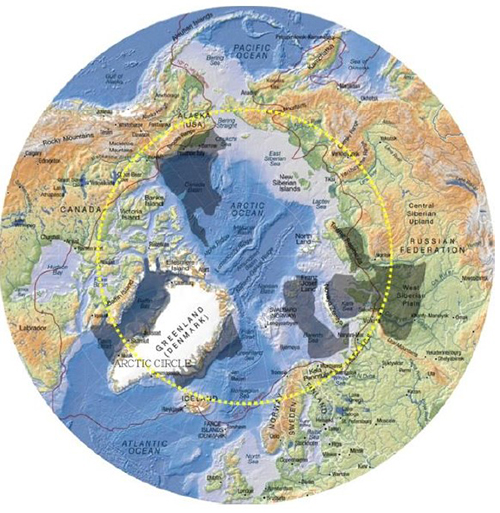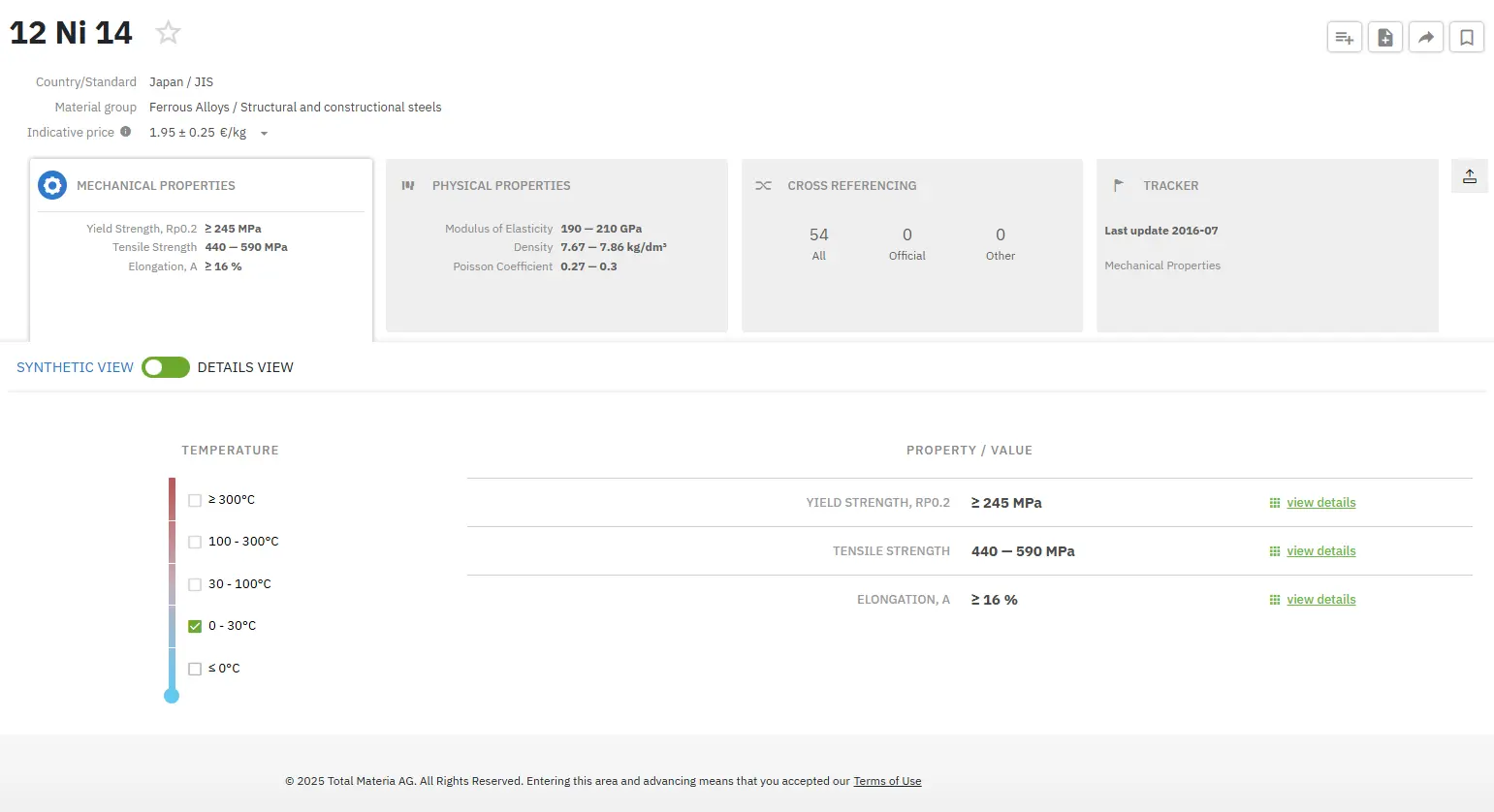Arctic Steels: Part One
Abstract
There are many technological and management challenges in working under the harsh conditions of the arctic and these challenges extend into the use of materials in many varied applications.
Pipelines present just one example whereby a unique set of conditions such as, very low temperatures, low pH, freeze/thaw action to name but a few need to be taken into consideration and resolved.
Arctic areas hold enormous natural resources, such as oil, minerals and natural gas. There is consequently a strong interest in developing the region despite the hazardous conditions.
The exploration and the exploitation of arctic energy, mineral and material resources require many kinds of building. Operations on the land and in the sea, e.g. building of roads, bridges, factories, power stations and harbours as well as facilities for the exploration, production and transportation of oil, natural gas, coal and minerals. It is a challenging task to carry out building projects in the Arctic from the viewpoint of both technology and management. The problems originate from the cold climate, the presence of ice, snow and permafrost, long distances and inadequate transportation network, lack of local labour and building materials, the fragility of the nature, and from many other of factors varying importance. Technological difficulties and strict safety requirements demand special care in the planning of building Operations and in the design of structures.
Most common structures required for the arctic industry are vessels and offshore structures to develop oil and natural gas reserves located mostly offshore under less than 500 meter of water.
Pipelines for transporting hydrocarbons are required to operate safely in extreme environments that include low temperature, sour surroundings, high stress and large deformation. In remote areas, such as arctic regions, these systems are exposed to unique environmental conditions not normally present in other regions of the world, which includes ice scours, permafrost thaw and/or frost heave. For buried pipelines, the key design issue is the potential for large bending strain resulting from frost heave and thaw settlement, ice gouging in the shallow waters and severe seismic events.
Under these varying operating conditions, a safe pipeline requires a combination of design and operational measures. It is recognized that design and operational measures are not mutually exclusive, and the interacting combinations must be appropriately considered.
Advantages of steel are good availability, adequate ränge of special steel qualities, possibilities of using both welded and bolted connections, and finally low price. The main problem in steel construction arises from the brittle fracture behaviour of steel at low temperatures. Another serious problem is the corrosion which takes place, especially in the aggressive sea climate. The toughness of steel is generally measured by the well-known Charpy V-test. By means of measured energy absorption values, a fracture toughness curve is drawn and the so-called transition temperature between brittle and plastic fracture behaviours is determined. For structures in an arctic environment subjected to dynamic loading (e.g. bridges, vessels, platforms), the steel material must satisfy the fracture toughness requirements at temperatures between -40°C and -60°C.
The toughness of a steel material can be increased
- by decreasing the strength and the grain size of the steel and
- by using magnesium, nickel, copper, chrome and possibly some other ingredients in the steel.
The best structural steel in welded constructions for an arctic environment is often fine-grained medium-tensile steel with high fracture toughness values.
Materials for the Arctic
The materials selected play a key role in determining the success of engineering solutions. In Arctic applications, engineering materials should satisfy a wide range of rigorous criteria for low-temperature conditions, which typically include the following:
• Low-temperature toughness down to -60°C;
• Yield strength requirements of 235–690 MPa (or higher to decrease the weight of structures);
• Isotropy of material properties in any dimension;
• Resistance to forming brittle fracture;
• Reasonable weldability without preheat and post-heat treatment (or with minimal preheat temperature required);
• Capability of withstanding static and dynamic wind and wave loads according to the operational parameters;
• Successfully passed Charpy test, Fracture Appearance Transition Temperature (FATT) test, Nil-Ductility Transition test (NDT), Drop Weight Tear test (DWTT), Crack Tip Opening Displacement test (CTOD) and Tkb test (required by Russian Maritime Register of Shipbuilding only).

Figure 1: Yellow line shows the Arctic Circle; Gray areas indicate the largest oil fields located in the Arctic region
Read more
Find Instantly Precise Material Properties!
Total Materia Horizon contains mechanical and physical properties for hundreds of thousands of materials, for different temperatures, conditions and heat treatments, and much more.

Get a FREE test account at Total Materia Horizon and join a community of over 500,000 users from more than 120 countries.